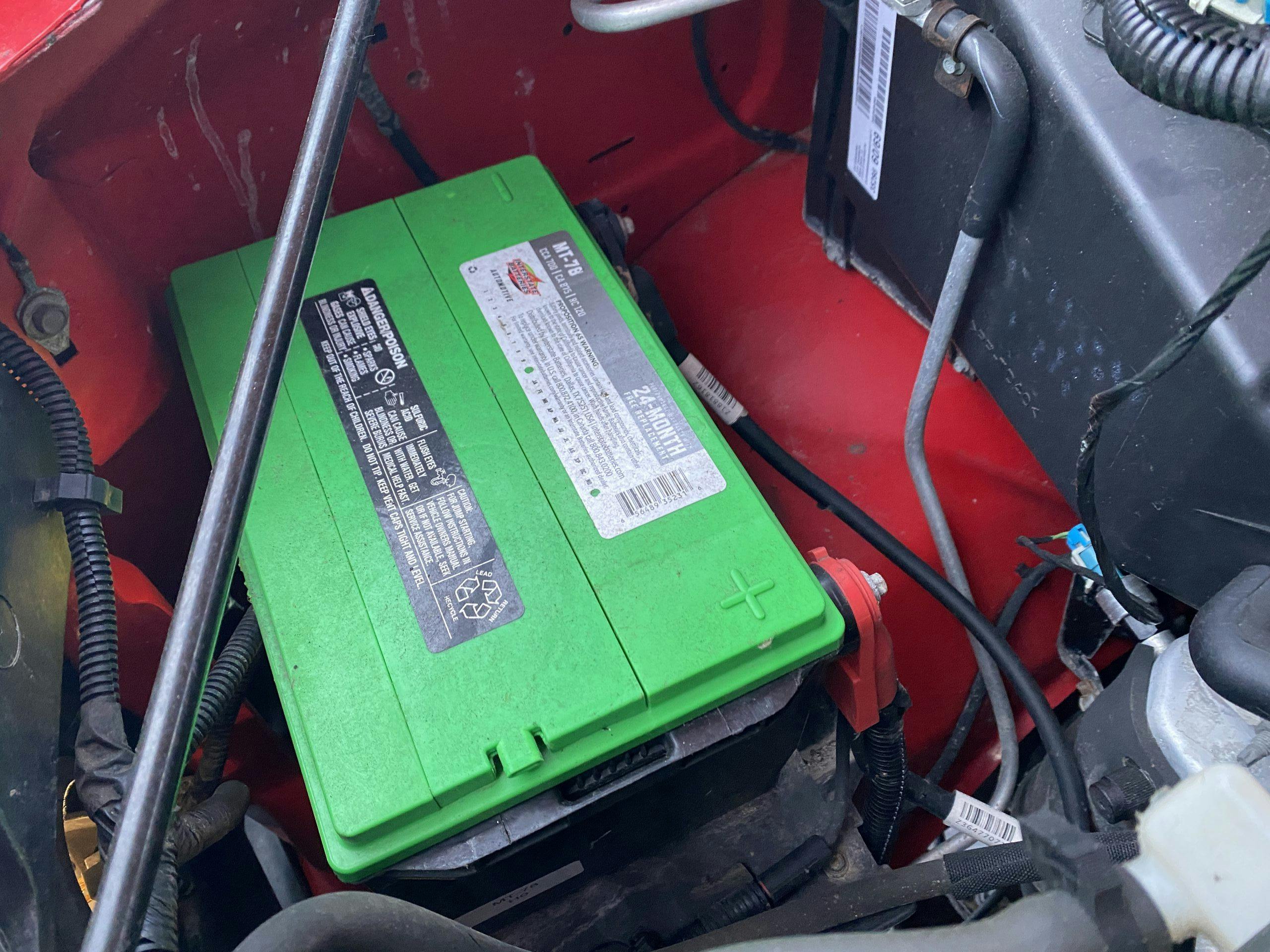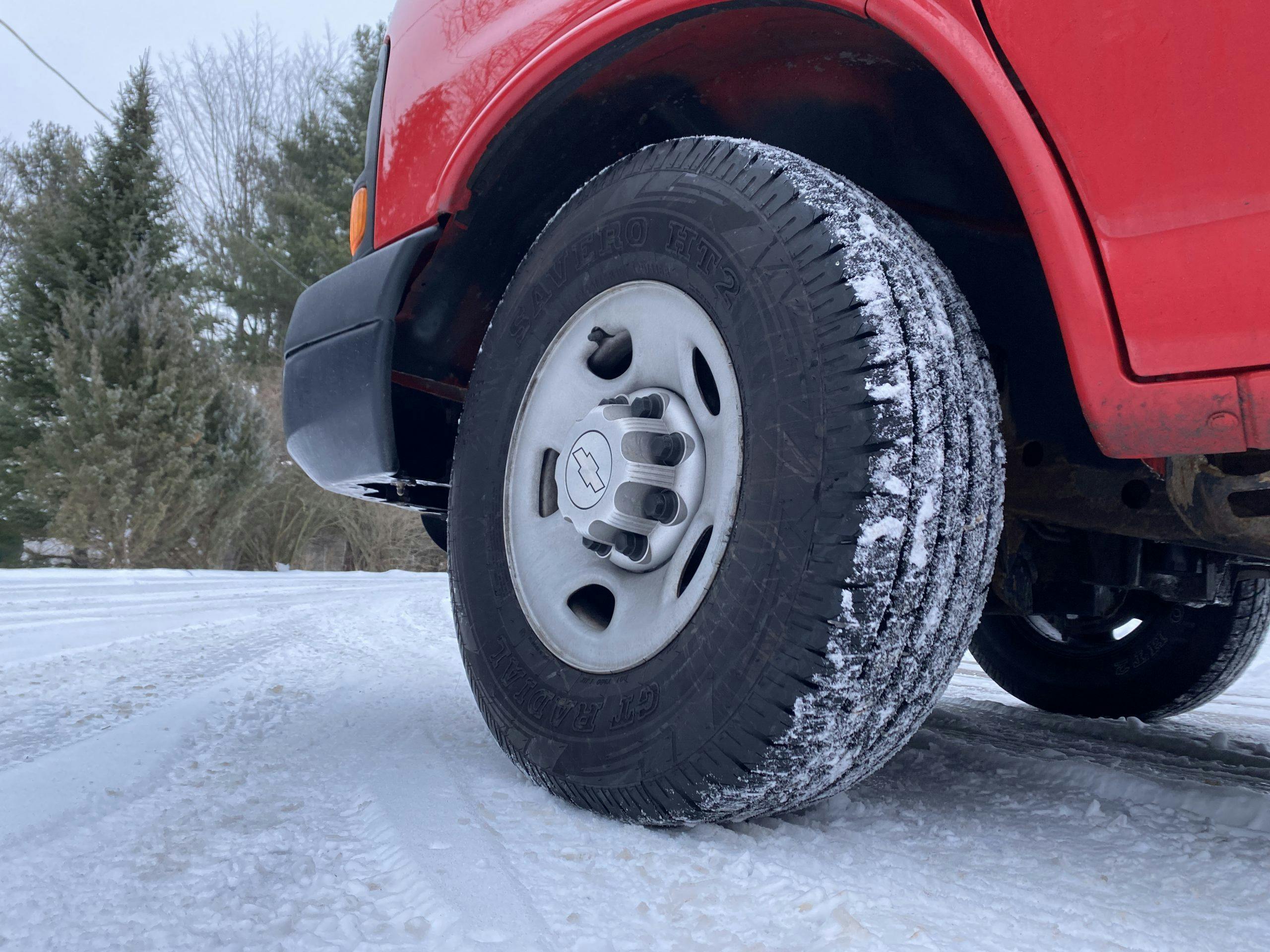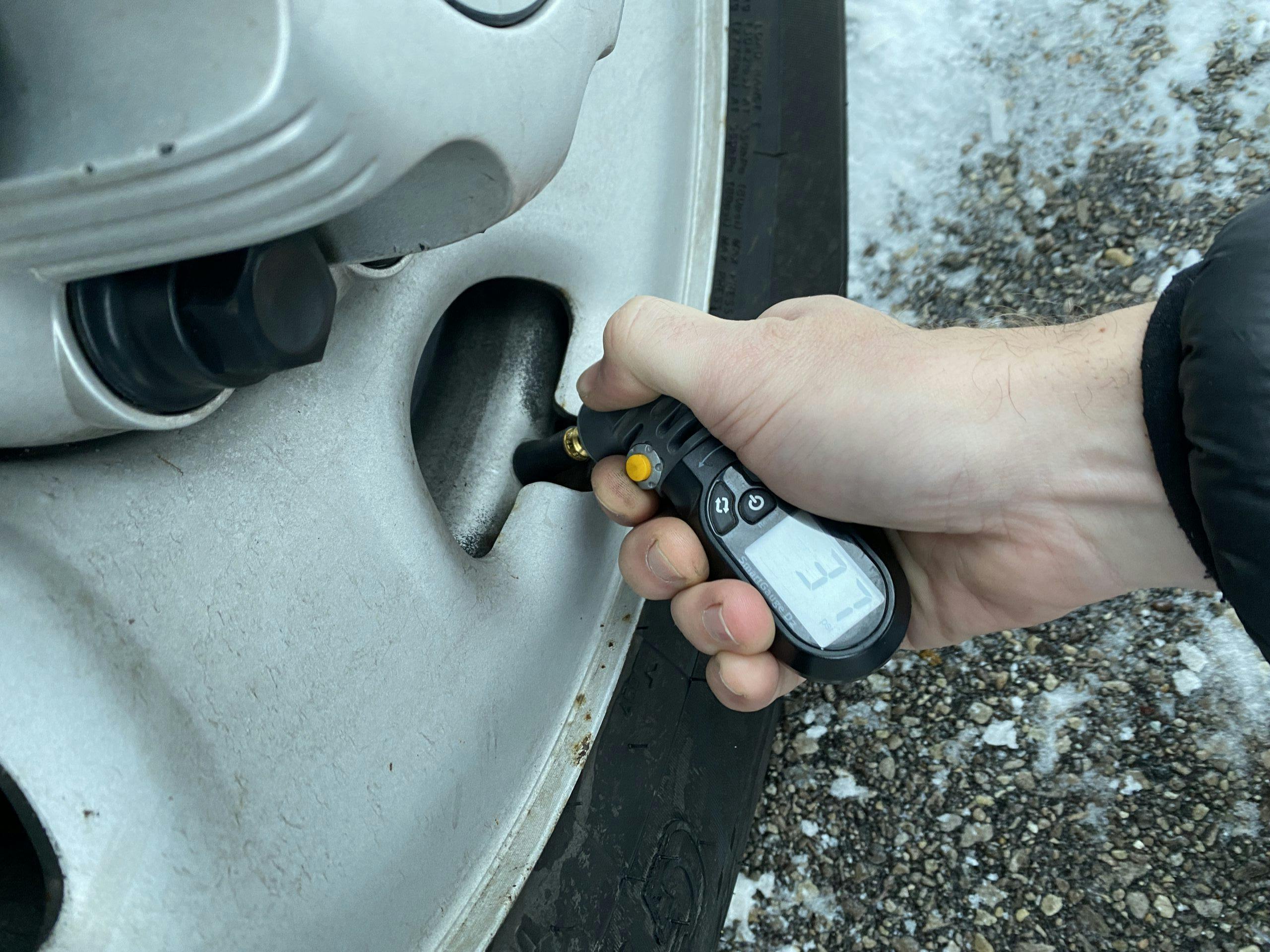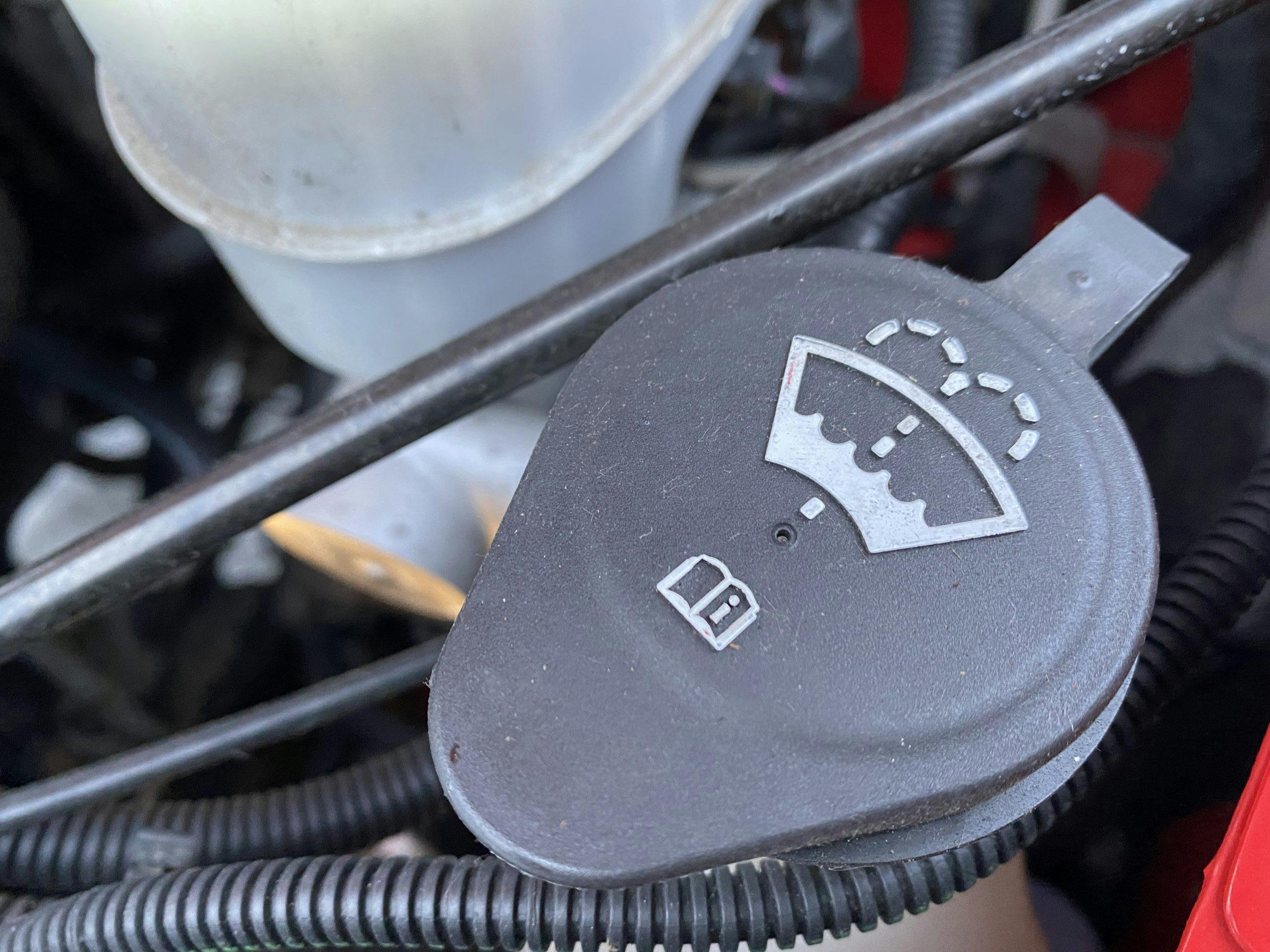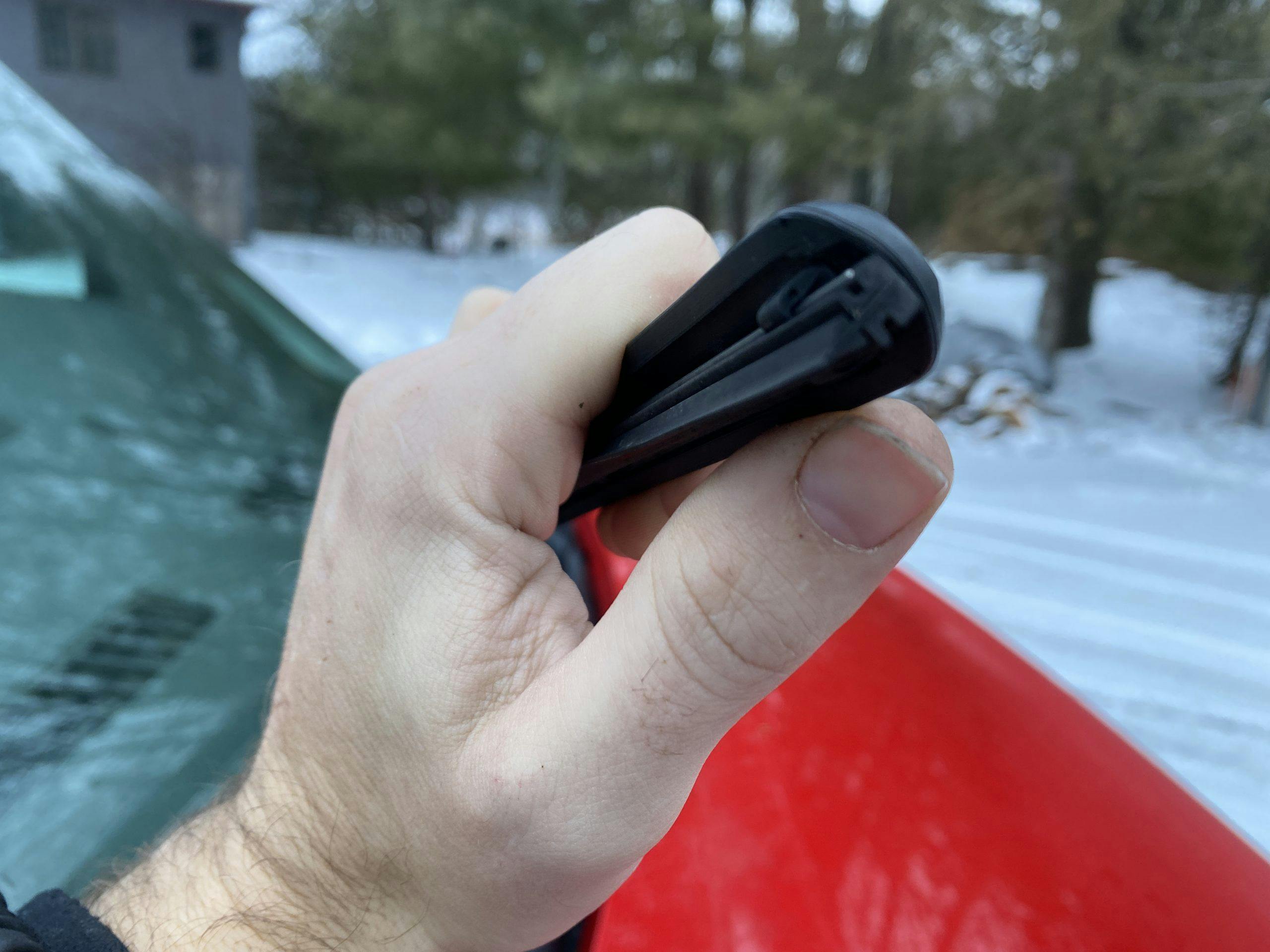Media | Articles
6 winter driving reminders (even if you don’t get snow)
Compared to the sweetness of summer, winter driving and its icy, slow-going is not everyone’s idea of fun. Slippery and fast-changing conditions make the cold season the most dangerous for motorists. Luckily, with a measured degree of care and attention, you can beat the odds and arrive for spring ready to cruise. Here are six quick and easy pieces of advice to keep top of mind as you hit the roads in the next few months.
Check your battery
Car batteries store and distribute power based on a chemical reaction inside the battery case. This chemical reaction slows as the temperature drops, especially if the battery was not the healthiest before the frost. That means a car that started strong in the heat will give you just a rapid set of clicks when you turn the key in the cold.
Most chain auto repair stores will give your battery a load test for free, or you can connect a multimeter to your battery and watch it while a friend cranks the engine. If the voltage drops below 10 you should have the battery professionally tested, as it is likely near its last legs.
Clear off your roof
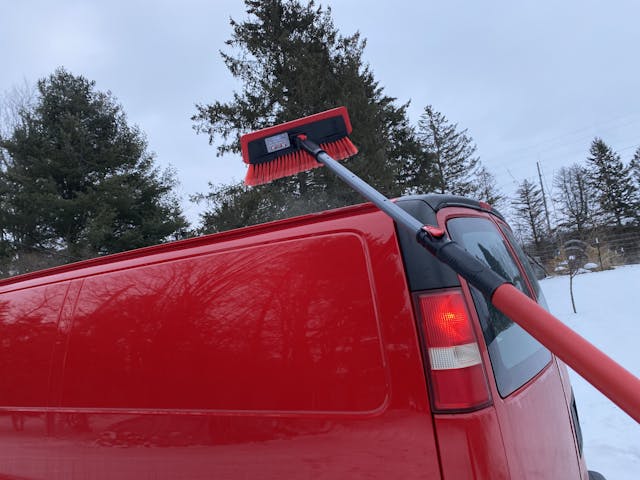
This seems like something that should go without saying, but clean off all of your car. That means the roof, too. The snow on top of your car does not inhibit your vision as you drive, but as it blows off the people behind you can be left in a wispy blizzard. Even worse and more dangerous: as your interior heats up it will melt the underside of ice and snow on the roof, introducing the risk of hazardous projectiles. When the right crosswind hits, it could unleash a giant frozen slab that can easily shatter a windshield. Not cool.
If you have a tall vehicle like a truck or SUV, keep a small ladder and an extendable broom or scraper handy to make removal easier. Yes, it’s annoying when you’re late for work, but being lazy about it could easily cost somebody their life. Chalk it up to the cost of doing business with winter driving.
Marketplace
Buy and sell classics with confidence
Winter tires (or at least an air pressure check)
Here in Michigan, winter tires are all but necessary for safe and confident driving. Between the optimized tread and unique rubber compound that helps cars steer and stop better in cold temperatures (as well as ice and snow), dedicated winter tires put all-seasons to shame. Of course, much of the U.S. doesn’t see temperatures that require such measures. If you find that true winter tires don’t make sense for your situation (sustained low temperatures above about 40 degrees F), you should at least take the time to check your air pressure as the mercury drops. Every ten degrees in temp fall can amount to about 1 psi drop in tire pressure. That means a slow swing from 100-degree summer days to a frosty night five months later can put you at least 7-8 psi off. That’s enough to hurt handling. Grab a reliable pressure gauge and stay on top of tire inflation during every season, but especially when it gets cold.

Extra stopping distance

Modern cars have amazing brakes, but without traction those brakes are worthless. Ice can be hard to spot during even during clear-visibility days, and the last time you want to find that out is when the 18-wheeler in front of you slams on its brakes. Give yourself a little extra space when it comes to following distance, particular behind larger, heavier vehicles. Don’t forget to give a little extra space pulling out into traffic, too; traction works both ways, and a little wheelspin could put that cross-traffic right on your bumper since you aren’t accelerating as expected.
Fresh wipers and fluid
Winter means falling precipitation, and that means grime getting kicked up from the road onto your windshield. Nothing is more important than vision and thus having you washer fluid topped up and fresh wiper blades is a wise investment. No one want to be looking through a streaky mess while trying to drive. Bonus tip: Rain-X or any similar water repellent coatings not only make your wipers more efficient but also makes the windshield easier to scrape when ice freezes to it overnight. Which leads us to …
Clean off your windows—all of them

When it’s cold and you have places to be, scraping the windshield and driver-side window seems like enough to get you there, right? Maybe, but it’s not worth the risk. Modern rollover standards have created larger and larger pillars that end up creating sizable blindspots even in the best conditions. Leaving your driveway with less vision than normal is only a recipe for disaster. Take the extra 45 seconds to brush off everything.

